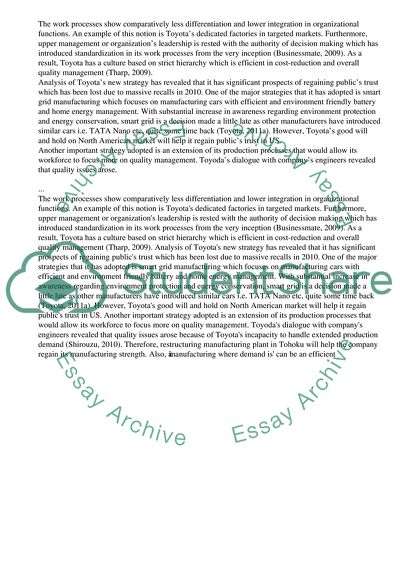Cite this document
(“Strategy Implementation: Toyota Case Study Essay”, n.d.)
Strategy Implementation: Toyota Case Study Essay. Retrieved from https://studentshare.org/business/1467328-strategic-management-strategy-implementation
Strategy Implementation: Toyota Case Study Essay. Retrieved from https://studentshare.org/business/1467328-strategic-management-strategy-implementation
(Strategy Implementation: Toyota Case Study Essay)
Strategy Implementation: Toyota Case Study Essay. https://studentshare.org/business/1467328-strategic-management-strategy-implementation.
Strategy Implementation: Toyota Case Study Essay. https://studentshare.org/business/1467328-strategic-management-strategy-implementation.
“Strategy Implementation: Toyota Case Study Essay”, n.d. https://studentshare.org/business/1467328-strategic-management-strategy-implementation.


